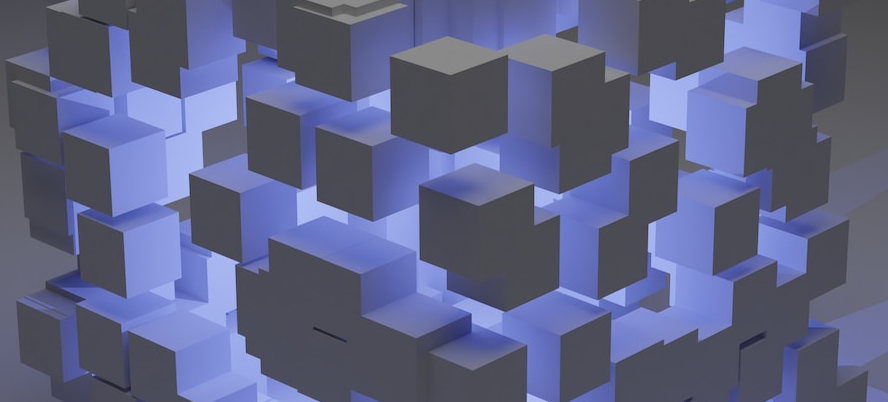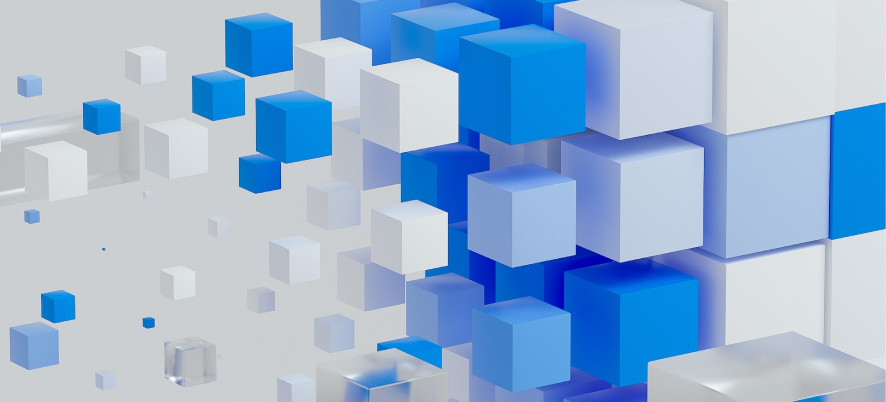Why DeFi? The Case for Decentralised Finance
The single biggest challenge facing the crypto space isn’t a lack of technological innovation or uncertainty over regulation; instead, it’s the continuing struggle to grow crypto adoption among largely non-native crypto users.
DeFi, short for decentralized finance, refers to a system that allows individuals to conduct financial transactions without the need for intermediaries like banks or brokers. DeFi has gained traction in recent years, with billions of dollars now locked into various DeFi platforms, indicating a shift towards a more decentralized financial system.
To convince traditional finance customers to shift to DeFi, Minterest and other lending platforms need to demonstrate concrete value for potential users.
DeFi currently holds at least three key advantages over traditional finance.
Accessibility

DeFi platforms offer increased accessibility to financial services by enabling individuals to participate in the financial ecosystem without requiring permission from intermediaries like banks or brokers.
DeFi increases financial inclusion by providing access to basic financial services to those who are underbanked or unbanked. All of the core elements of TradFi exist in DeFi. Decentralized exchanges, for example, provide users with the ability to trade cryptocurrencies without the need for a centralized exchange. Lending protocols like Minterest allow instant access for collateralised loans, and staking tokens to earn interest generally returns far higher APY in DeFi than in a traditional bank savings account.
Crucially, each of those elements is accessible to anyone with internet access, without the need for financial records, credit checks, or extensive hassle. While self-custody of assets can still be inconvenient for early adopters, with the speed that blockchain applications develop ease of use should quickly overcome this.
DeFi brings wealth-building tools to everyone.
Transparency

Blockchain provides DeFi platforms with a far higher degree of transparency than TradFi financial institutions. Publicly verifiable transactions on the blockchain can be inspected by anyone as a distributed public ledger.
That transparency not only has profound implications for personal business (ensuring that assets sent from one wallet to another actually arrived), but also impacts the institutions themselves. Users can perform greater due diligence on DeFi protocols than on real-world banks, where balances are rarely (if ever) publicly disclosed.
Transparency also increases trust. Smart contracts, which execute automatically based on predefined rules and conditions, eliminate the need for intermediaries, while being externally verifiable themselves. That leads naturally to the third DeFi advantage:
Security

Security and trust go hand-in-hand. While there have been high-profile breaches in the DeFi sector, smart contract audits and bug bounties help identify and fix vulnerabilities in the code and ensure secure execution of transactions.
Individual protocols, such as Minterest, gain trust by following established best practices and by proving reliability over time. Deploying reliable architecture from skilled developers and then inviting third-party verification via audits and bug bounties remains the bedrock of DeFi security.
Crypto Adoption and the DeFi Advantage

Accessible, transparent, and secure access to financial services lies at the heart of DeFi. And unlike TradFi, the DeFi sector lacks the gatekeepers and countless third parties that hinder access.
That being said, DeFi adoption remains low when compared to TradFi. Regulation, volatility, and cybersecurity risks can discourage new users. All three are legitimate areas of concern, though it is worth noting that TradFi regularly struggles in the same areas.
Regardless, DeFi holds the potential to become a truly mainstream financial system in the near future. DeFi continues to evolve, and Minterest forms an important part of that growth.
31, March 2023